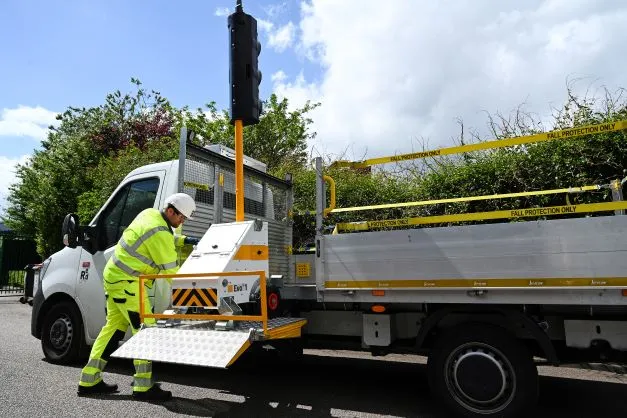The DeepBlue sensor range from US-based Image Sensing Systems offers a simple to deploy solution for traffic monitoring.
Suitable for obtaining online travel time information and origin/destination information for improved infrastructure planning, the auto-configured, easy-to-install, side-fire sensor detects the Bluetooth and Wi-Fi signals from vehicles including hands-free sets, mobile phones and navigation systems.
December 11, 2017
Read time: 1 min

The DeepBlue sensor range from US-based 6626 Image Sensing Systems offers a simple to deploy solution for traffic monitoring.
Suitable for obtaining online travel time information and origin/destination information for improved infrastructure planning, the auto-configured, easy-to-install, side-fire sensor detects the Bluetooth and Wi-Fi signals from vehicles including hands-free sets, mobile phones and navigation systems.
The sensors have specially designed antennas for extreme sensitivity, longer range and faster scanning for enhanced detection of fast moving vehicles in up to 12 lanes of traffic and can be installed on existing roadside poles.










